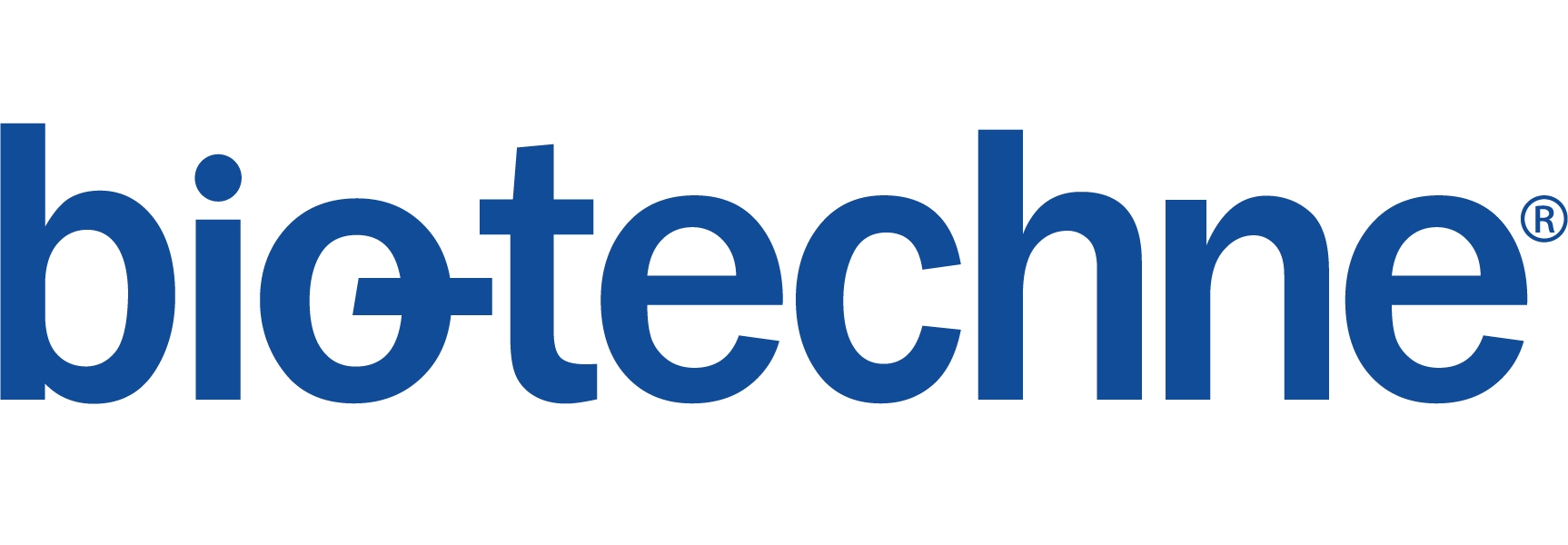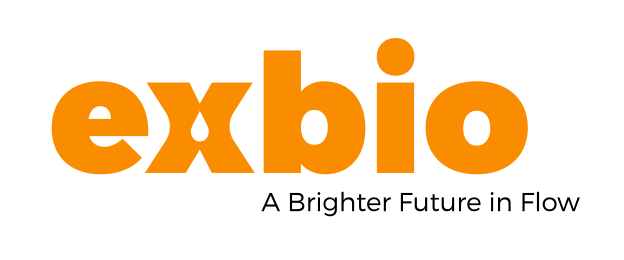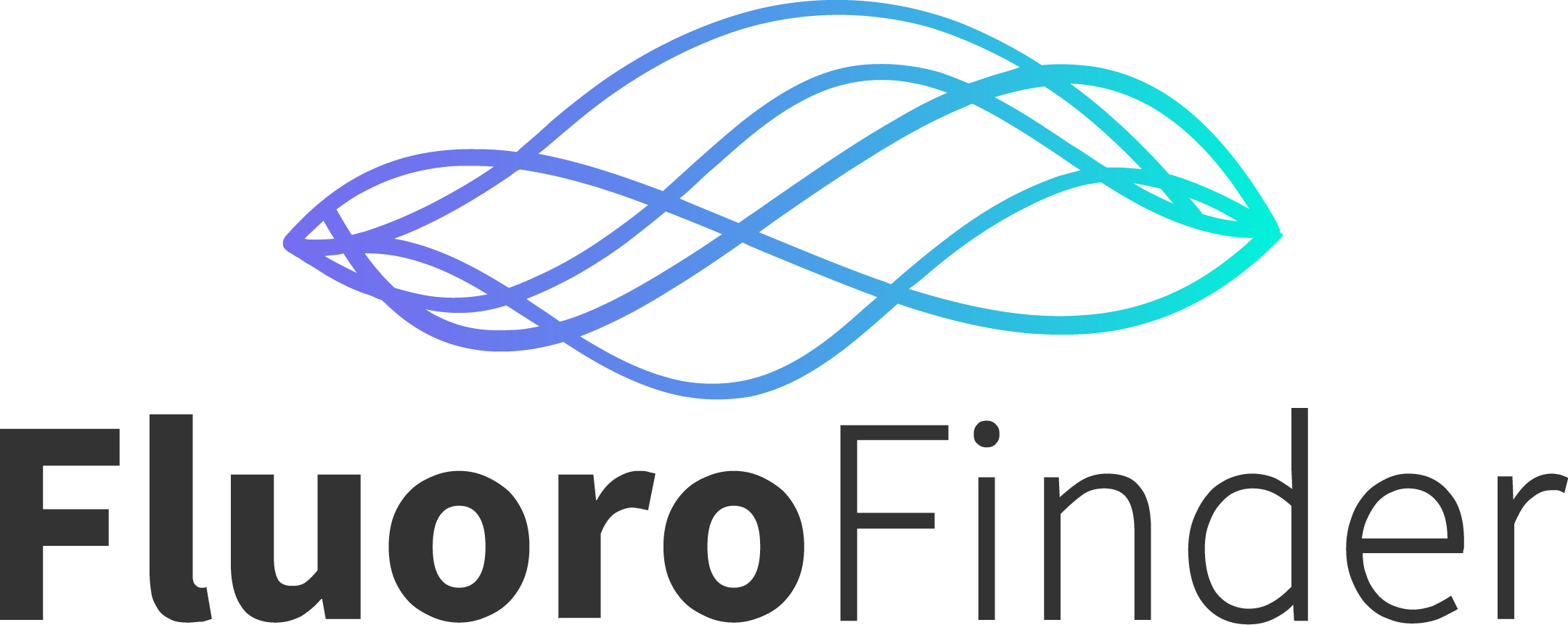New CD Molecules
Posted in HLDA10
| CD Number | Gene Name | Full Name (NCBI) | Alternate Names | Gene Family |
|---|---|---|---|---|
| CD365 | HAVCR1 | hepatitis A virus cellular receptor 1 | TIM-1; HAVCR-1; TIMD1 | Immunoglobulin SF |
| CD366 | HAVCR2 | hepatitis A virus cellular receptor 2 | TIM-3; TIMD3 | Immunoglobulin SF |
| CD367 | CLEC4A | C-type lectin domain family 4, member A | DCIR; DDB27; CLECSF6 | C-type lectin SF |
| CD368 | CLEC4D | C-type lectin domain family 4, member D | MCL; CLECSF8; CLEC-6; MPCL | C-type lectin SF |
| CD369 | CLEC7A | C-type lectin domain family 7, member A | DECTIN-1; CLECSF12; | C-type lectin SF |
| CD370 | CLEC9A | C-type lectin domain family 9, member A | HEEE9341; UNQ9341; DNGR1 | C-type lectin SF |
| CD371 | CLEC12A | C-type lectin domain family 12, member A | CLL-1; MICL; DCAL-2 | C-type lectin SF |
This table lists the antibodies to cell surface antigens which were submitted to the HLDA9 Workshop and were validated as specific to a Cluster of Differentiation (CD).
Files containing the validation data can be accessed by clicking on the Workshop Number (opens a pdf file).
|
Workshop Number
|
Specificity
|
Clone name
|
mAb Species
|
Isotype
|
Submitter
|
|
CD352
|
292811
|
Mouse
|
IgG2a
|
RandD Systems
|
|
|
CD307b
|
296902
|
Mouse
|
IgG1
|
RandD Systems
|
|
|
CD307a
|
E3
|
Mouse
|
IgG1
|
Sanford Research/USD
|
|
|
CD307b
|
B24
|
Mouse
|
IgG2a
|
Sanford Research/USD
|
|
|
CD307c
|
H5
|
Mouse
|
IgG2b
|
Sanford Research/USD
|
|
|
CD307d
|
A1
|
Mouse
|
IgG2a
|
Sanford Research/USD
|
|
|
CD210a
|
3F9
|
Rat
|
IgG2ak
|
BD Biosciences
|
|
|
CD329
|
E10-286
|
Mouse
|
IgG1k
|
BD Biosciences
|
|
|
CD80
|
L307.4
|
Mouse
|
IgG1k
|
BD Biosciences
|
|
|
CD261
|
DJR1
|
Mouse
|
IgG1k
|
eBioscience
|
|
|
CD262
|
DJR2-4
|
Mouse
|
IgG1k
|
eBioscience
|
|
|
CD354
|
193015
|
Mouse
|
IgG1
|
RandD Systems
|
|
|
CD329
|
191240
|
Mouse
|
IgG2a
|
RandD Systems
|
|
|
CD355
|
210213
|
Mouse
|
IgG2b
|
RandD Systems
|
|
|
CD357
|
621
|
Mouse
|
IgG1k
|
BioLegend
|
|
|
TNFRSF6B
|
B08-35
|
Mouse
|
IgG1k
|
RandD Systems
|
|
|
CD352
|
NT-7
|
Mouse
|
IgG1k
|
BioLegend
|
|
|
CD270
|
122
|
Mouse
|
IgG1k
|
BioLegend
|
|
|
Galectin-3
|
Gal397
|
Mouse
|
IgG1k
|
BioLegend
|
|
|
CD354
|
TREM-26
|
Mouse
|
IgG1k
|
BioLegend
|
|
|
CD307a
|
E9
|
Mouse
|
IgG1k
|
Sanford Research/USD
|
|
|
CD363
|
218713
|
Mouse
|
IgG2b
|
RandD Systems
|
|
|
CD22
|
CTSU-CD22-1
|
Mouse
|
IgG1
|
Southampton General Hospital
|
|
|
CD22
|
CTSU-CD22-2
|
Mouse
|
IgG1
|
Southampton General Hospital
|
|
|
CD22
|
CTSU-CD22-5
|
Mouse
|
IgG1
|
Southampton General Hospital
|
|
|
CD22
|
CTSU-CD22-6
|
Mouse
|
IgG1
|
Southampton General Hospital
|
|
|
CD22
|
CTSU-CD22-8
|
Mouse
|
IgG1
|
Southampton General Hospital
|
|
|
CD38
|
1D20C1
|
Mouse
|
IgG
|
University of Verona
|
|
|
CD38
|
1E82G1
|
Mouse
|
IgG
|
University of Verona
|
|
|
CD38
|
1F82E1
|
Mouse
|
IgG
|
University of Verona
|
|
|
CD38
|
2C22B10
|
Mouse
|
IgG
|
University of Verona
|
|
|
CD38
|
1E80D1
|
Mouse
|
IgG
|
University of Verona
|
|
|
CD38
|
1E82H11
|
Mouse
|
IgG
|
University of Verona
|
|
|
CD38
|
2A40C2
|
Mouse
|
IgG
|
University of Verona
|
|
|
CD38
|
2D42E1
|
Mouse
|
IgG
|
University of Verona
|
|
|
CD40
|
4H8
|
Human
|
IgM
|
IMIM
|
|
|
CD5
|
8B10d
|
Human
|
IgM
|
IMIM
|
|
|
CD215
|
JM7A4
|
Mouse
|
IgG2bk
|
BioLegend
|
|
|
CD362
|
305515
|
Rat
|
IgG2b
|
RandD Systems
|
|
|
CD360
|
152512
|
Mouse
|
IgG1
|
RandD Systems
|
|
|
CD253
|
2E5
|
Mouse
|
IgG2
|
ExBio
|
|
|
CD358
|
DR-6-04-EC
|
Mouse
|
IgG1
|
ExBio
|
|
|
CD262
|
DR5-01-1
|
Mouse
|
IgG1
|
ExBio
|
|
|
CD263
|
TRAIL-R3-02
|
Mouse
|
IgG1
|
ExBio
|
|
|
CD261
|
DR-4-02
|
Mouse
|
IgG1
|
ExBio
|
|
|
CD80
|
MEM-233
|
Mouse
|
IgG1
|
ExBio
|
|
|
CD262
|
DR5-01-4
|
Mouse
|
IgG1
|
ExBio
|
|
|
CD264
|
TRAIL-R4-01
|
Mouse
|
IgG1
|
ExBio
|
|
|
CD361
|
MEM-216
|
Mouse
|
IgG1
|
Inst Of Molecular Genetics AS CR
|
|
|
CD3
|
1774-1; EP449E; EP29
|
Rabbit
|
IgG
|
EPITOMICS
|
|
|
CD20
|
1632-1; EP459Y; EP7
|
Rabbit
|
IgG
|
EPITOMICS
|
|
|
CD79a/mb1
|
2613-1; EP3618; EP27
|
Rabbit
|
IgG
|
EPITOMICS
|
|
|
CD351
|
TX61
|
Mouse
|
IgG1
|
University of Tsukuba
|
|
|
CD353
|
SF8.748
|
Mouse
|
IgG1
|
University of Barcelona
|
This table lists the antibodies to intracellular antigens which were submitted to the HLDA9 Workshop and were validated as specific to a Cluster of Differentiation (CD).
Files containing the validation data can be accessed by clicking on the Workshop Number (opens a pdf file).
|
Workshop Number
|
Specificity
|
Clone name
|
mAb Species
|
Isotype
|
Submitter
|
|
GCET-1
|
RAM-341B
|
Mouse
|
IgG1
|
CNIO
|
|
|
XBP-1s
|
143F
|
Mouse
|
IgG2a
|
CNIO
|
|
|
BLK
|
BLK154
|
Mouse
|
IgG1
|
University of Oxford
|
|
|
BCL11A-XL
|
BCL123a
|
Mouse
|
IgG2
|
University of Oxford
|
|
|
FOXP1
|
JC12
|
Mouse
|
IgG2a
|
University of Oxford/USD
|
|
|
LSP1
|
TPD153
|
Mouse
|
IgG2
|
University of Oxford
|
|
|
FOXP3
|
236A/E7
|
Mouse
|
IgG2
|
CNIO
|
|
|
BCL6
|
GI191E
|
Mouse
|
IgG1
|
CNIO
|
|
|
BCL2
|
NOR 235
|
Rat
|
IgG2
|
CNIO
|
|
|
FOXP2
|
FOXP2-73A/8
|
Mouse
|
IgG1
|
University of Oxford
|
HLDA9 / Barcelona
The 9th International Conference on Human Leukocyte Differentiation Antigens (HLDA9) was held at the Fundació Academia de Ciencies Mèdiques i de la Salut de Catalunya i de Balears in Barcelona, 11-13 March 2010. In attendance were more than 200 scientists and clinicians from 18 different countries, including persons from Canada, China, the Czech Republic, England, France, Germany, Hungary, Israel, Italy Japan, Mexico, Norway, Poland, Russia, Slovakia, Spain, Sweden, the Ukraine, and the United States.
I would like to express my sincere thanks to all of you who attended and contributed to HLDA9. I was extremely pleased with the high quality of the work shown at all levels – from posters to special session oral presentations to plenary talks. It was also encouraging to see so many of you at the Gala Dinner.
More importantly, as someone who has attended nearly all of the HLDA Conferences, it was rewarding to see so many young scientists, from many different nations, participating and building upon the work begun nearly 30 years ago.
Validation files for the new CDs and other submitted antibodies
For those of you who are interested, validation files for the new CDs, as well as other submitted mAbs (including those against intracellular molecules) will be posted during the forthcoming months at the HLDA Workshop webpage (www.hlda9.org).
We hope to greatly expand and enhance this site over the next year to make it a very worthwhile destination not only for those working in this field, but also for researchers in other disciplines.
Validating new CDs
As Dr. Boumsell mentioned in her closing plenary talk "Perspective on Future Developments", HCDM-HLDA plans to make the submission of antibodies readily available to researchers year-round, and not just at the international workshops/conferences held every 3 to 5 years.
More information will be forthcoming on this once a submission procedure has been established.
For all of these future developments, we encourage you to bookmark and visit the HLDA Workshop page (www.hlda9.org).
Again, thank you all for participating and contributing to HLDA9. It is you who have made it such a success. I look forward to interacting and working with you again in the near future.







